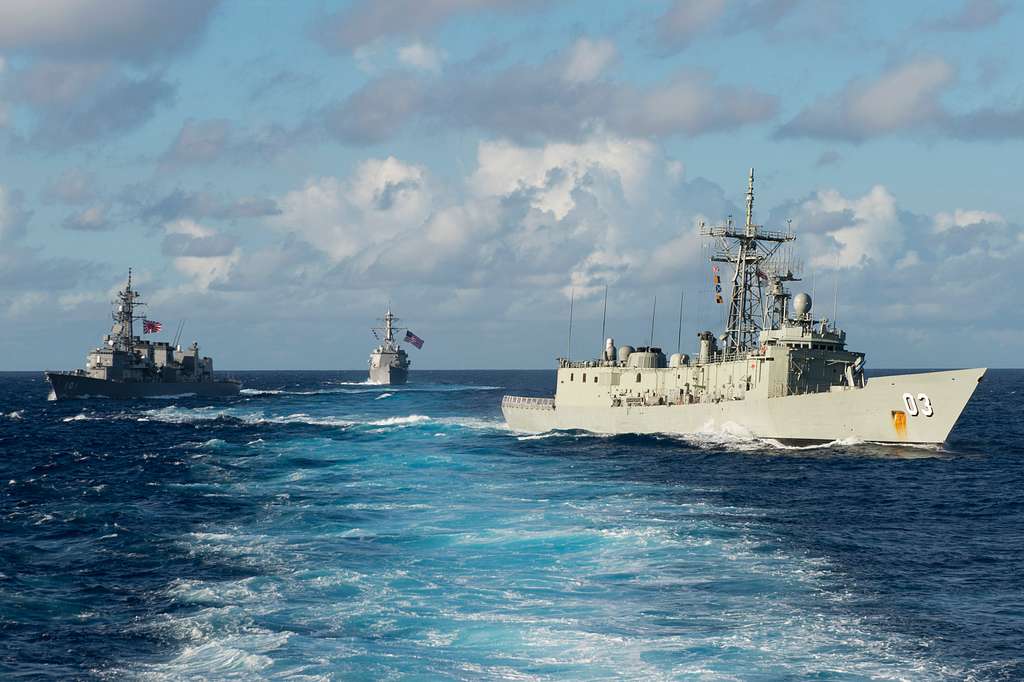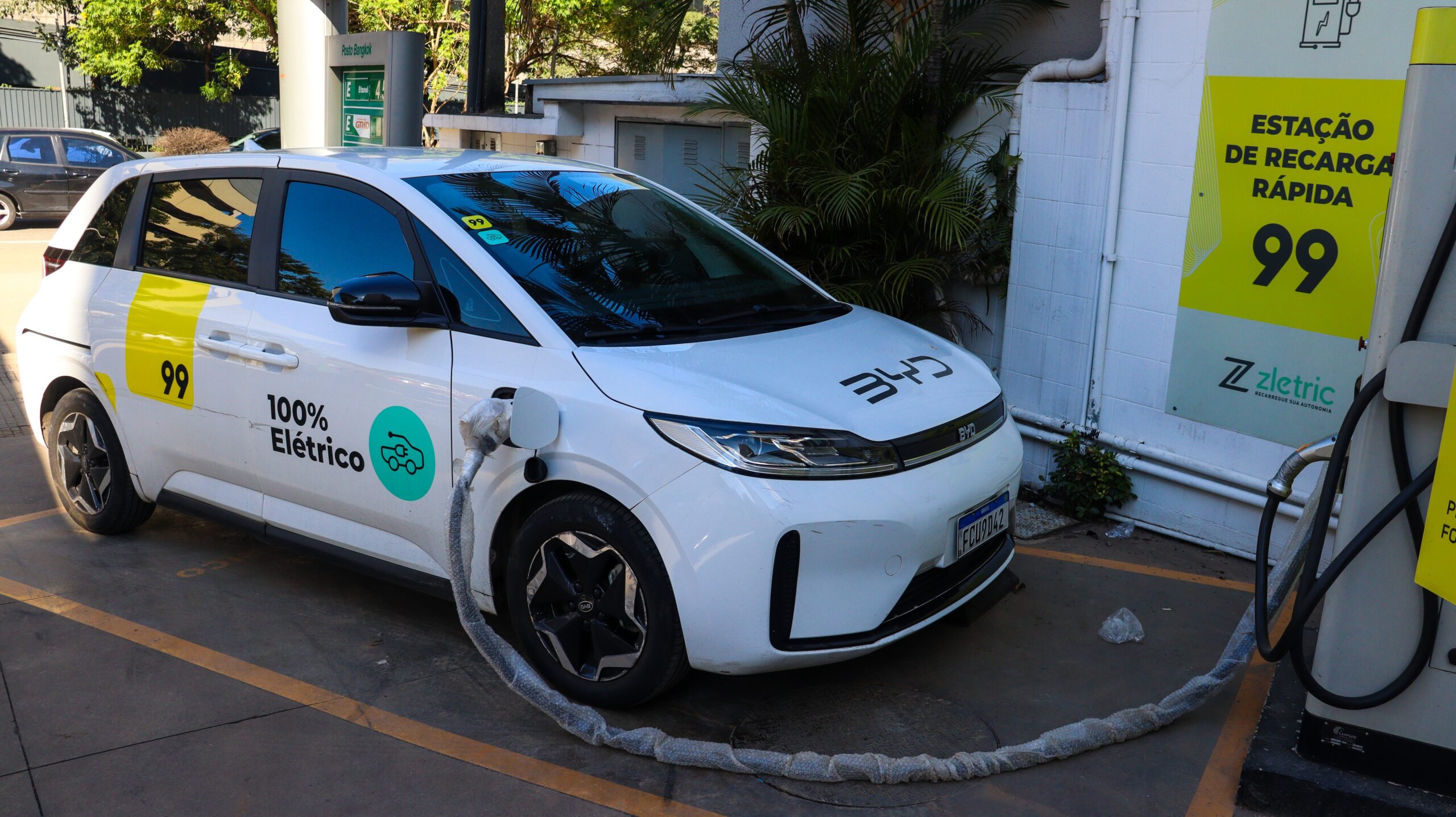As Indonesia champions Papua New Guinea’s bid to join ASEAN, Australia faces a strategic opportunity to deepen ties with its two most important neighbors. With both countries on Australia’s doorstep and regional stability increasingly uncertain, the case for establishing a high-level Australia-Indonesia-PNG trilateral partnership has never been stronger.
Indonesia has recently announced that it will increase its support for Papua New Guinea’s (PNG) accession to the Association of Southeast Asian Nations (ASEAN). Indonesian President Prabowo Subianto stated that geographically, “PNG is Indonesia’s immediate neighbour, sharing a direct border in the east, making its ASEAN membership both natural and strategic.” In October, Timor-Leste will become the grouping’s latest full member after years of strong Indonesian advocacy. Timor-Leste is another neighbouring country to Australia.
Good relations with both PNG and Indonesia are both a strategic and diplomatic imperative for Australia. This is especially the case since regional cohesion falters under the weight of U.S.–China strategic competition and security challenges such as the Myanmar civil war, civil unrest in New Caledonia and the Thailand–Cambodia border conflict. Closer communication, consultation and cooperation between Australia and its Southeast Asian and Pacific neighbours is an investment in our shared future.
Australia’s 2023 Defence Strategic Review identified the country’s “primary area of military interest” as the Pacific and maritime Southeast Asia (its immediate region). Geography makes Indonesia and Papua New Guinea the most important neighbours to Australia. At the same time, Indonesia is Southeast Asia’s largest country, and PNG is the largest Pacific Island nation.
Deepening Indonesia-PNG relations is an ideal moment for the Albanese government to build momentum for a high-level Australia-Indonesia-PNG trilateral partnership. Moreover, the strengthening of bilateral ties between the three neighbours also sets solid foundations for a high-level trilateral. It would subsequently realise the full potential in future and trilateral relations.
As part of such an arrangement, annual trilateral leaders’ and ministerial-level summits should be held. The tripartite meetings could focus on areas of shared interest and challenge, such as border and cybersecurity, policing, disaster relief, climate change, transnational crime, defence infrastructure development, illegal fishing, and maritime security.
For instance, they could jointly increase their maritime security capabilities by conducting regular maritime patrols, holding annual joint military exercises, training, and visiting naval ports. Joint maritime training and patrols would be particularly beneficial for PNG’s small navy, which continues to struggle to combat illegal, unreported and unregulated fishing in its maritime waters. PNG loses approximately PGK$1 billion (US$260 million) annually due to illegal, unreported, and unregulated fishing (IUU).
In 2023, Australia provided four Guardian-class patrol boats to PNG, helping it protect territorial waters from transnational crime and IUU fishing. In 2020, Canberra and Port Moresby elevated their relationship to a comprehensive strategic partnership (CSP), and in 2023, the two countries signed a security agreement. Since 2020, through the Lombrum Joint Initiative, Australia has also been supporting PNG in its efforts to redevelop the Lombrum Naval Base on Manus Island, north of the mainland.
Bilateral defence ties were further boosted by the recent Mutual Defence Treaty (the Pukpuk Treaty). The agreement aims to establish a recruitment pathway for PNG citizens into the Australian Defence Force.
Australia shares the world’s longest maritime boundary with Indonesia. In the 2006 Lombok treaty, Jakarta and Canberra recognised each other’s territorial integrity, and they upgraded their strategic ties to a CSP in 2018. Under the new Australia-Indonesia Defence Cooperation Agreement, the two neighbours have pledged to ramp up joint military exercises and training to unprecedented levels, allowing both nations to operate from each other’s countries for mutually determined cooperative activities.
Furthermore, PNG is the only Pacific country that shares a land border with Indonesia. For decades, Indonesia has fought a low-level insurgency in West Papua. Nevertheless, the PNG government unequivocally recognises Indonesia’s sovereignty over West Papua.
In 2023, the two neighbours ratified an agreement governing their border, and last year Jakarta and Port Moresby ratified and expanded their existing defence cooperation agreement. PNG hopes that the new deal will expand and strengthen bilateral security cooperation in the areas of “joint border patrols and military exercises.” Joint military exercises at sea, on land and in the air are central pillars of the security agreement.
The trilateral partnership should also reaffirm ASEAN’s “centrality “in the Indo-Pacific. Australian foreign policy views ASEAN as the centre of a peaceful, stable, and prosperous region, where sovereignty is respected and all countries benefit from a strategic balance. In 1976, PNG became ASEAN’s first observer, and two years earlier, Australia became the grouping’s first dialogue partner.
Australia prioritises a strong relationship with Southeast Asia and the Pacific region. With Indonesia and PNG, Australia has two of the respective region’s largest countries right on its doorstep. Amid growing unpredictability in the region, now is the time for Australia to seek a high-level trilateral with two of its most important neighbours.
Ridvan Kilic holds a Master’s degree in International Relations from La Trobe University. His research interests include Australian and Indonesian foreign policy, the Australia-Indonesia bilateral relationship, and ASEAN regionalism. Ridvan’s work has been published in the Lowy Institute Interpreter, The ASPI Strategist, Australian Outlook, The Diplomat, Indonesia at Melbourne, the East Asia Forum, South Asian Voices, 9DashLine and the ISEAS Yusof Ishak Institute Library.
This article is published under a Creative Commons License and may be republished with attribution.





